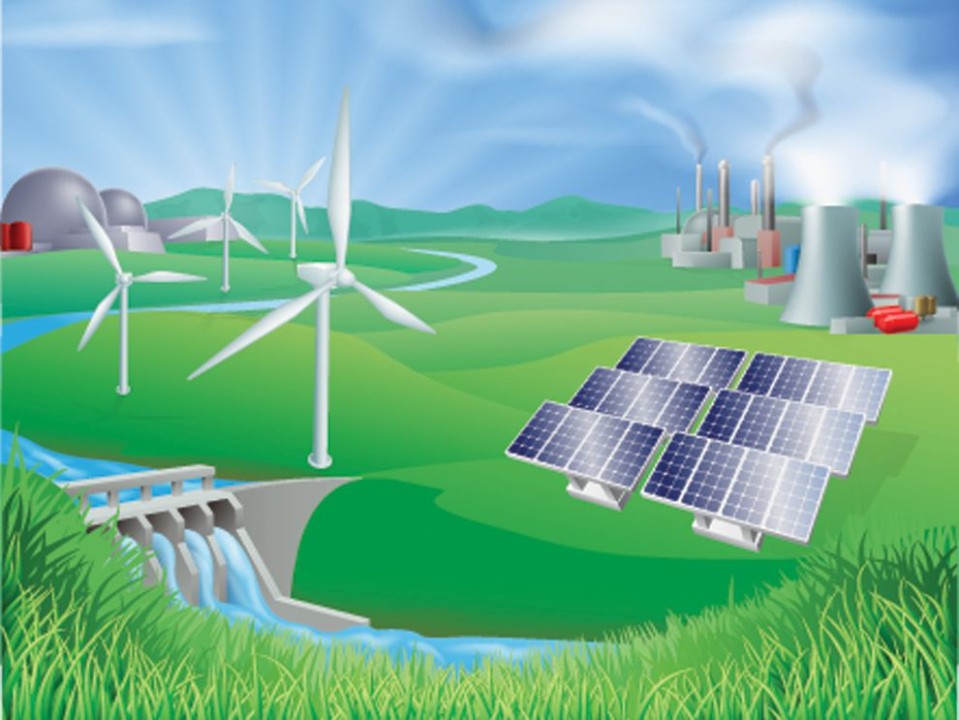Seamless Solar Integration: Powering a Sustainable Future
In the pursuit of a sustainable energy future, the integration of solar energy plays a pivotal role. This article explores the multifaceted aspects of solar energy integration, delving into its significance, challenges, and the transformative impact it has on shaping a cleaner and more sustainable world.
Harnessing the Sun’s Potential
At the core of solar energy integration is the harnessing of the sun’s abundant and renewable energy. Photovoltaic (PV) systems, commonly known as solar panels, convert sunlight into electricity. The scalability of solar technologies allows them to be deployed across various settings, from individual homes to large-scale solar farms, maximizing their potential to meet diverse energy needs.
Decentralized Energy Generation
Solar energy integration promotes decentralized energy generation, challenging the traditional centralized model. By placing power generation closer to the point of consumption, energy losses during transmission and distribution are minimized. This decentralized approach enhances energy efficiency and contributes to a more resilient and adaptive energy infrastructure.
Grid Integration and Energy Storage Solutions
To maximize the benefits of solar energy, seamless integration with existing grids is essential. Smart grid technologies enable the efficient distribution of solar-generated electricity, optimizing its use. Additionally, energy storage solutions, such as advanced batteries, address the intermittent nature of solar power, ensuring a consistent and reliable energy supply even during periods of low sunlight.
Advancements in Solar Technologies
The landscape of solar energy integration is continuously evolving with advancements in technology. Innovations in solar panels, energy conversion efficiency, and materials contribute to the overall effectiveness of solar systems. Emerging technologies, such as thin-film solar cells and solar trackers, further enhance the performance and versatility of solar installations.
Overcoming Challenges: Storage and Grid Compatibility
While solar energy integration offers numerous benefits, challenges remain. Energy storage is a critical aspect, as the sun doesn’t shine continuously. Advances in battery technologies are pivotal to overcoming storage limitations and ensuring a continuous power supply. Additionally, grid compatibility and the need for grid upgrades to accommodate variable solar outputs are challenges that require strategic planning and investment.
Economic and Environmental Benefits
Solar energy integration brings significant economic and environmental benefits. The reduction in greenhouse gas emissions, decreased reliance on finite fossil fuels, and job creation in the renewable energy sector contribute to a more sustainable and resilient economy. The long-term cost-effectiveness of solar energy further solidifies its position as a key player in the global energy transition.
Residential and Commercial Adoption
The integration of solar energy is not limited to large-scale projects; it extends to residential and commercial spaces. Many homeowners and businesses are adopting solar panels to generate their electricity, leading to reduced utility bills and a smaller carbon footprint. Incentive programs and government policies supporting solar installations further drive widespread adoption.
Empowering Remote and Off-Grid Areas
Solar energy integration has a transformative impact on remote and off-grid areas that lack access to traditional power sources. Solar microgrids and standalone solar systems provide a reliable and sustainable energy source, improving the quality of life, supporting education, healthcare, and economic activities in these underserved regions.
The Role of Government Policies
Government policies play a crucial role in accelerating solar energy integration. Incentives, subsidies, and favorable regulations encourage investment in solar technologies. Support for research and development fosters innovation, contributing to further advancements in solar energy integration and driving the overall transition to renewable energy.
A Vision for a Sustainable Future
In conclusion, seamless solar integration is not merely a technological endeavor; it represents a vision for a sustainable and resilient future. As solar technologies continue to advance and integration practices evolve, the world inches closer to a cleaner, greener energy landscape. The collective efforts of governments, industries, and individuals are key to realizing the full potential of solar energy integration.
For more insights on Solar Energy Integration, visit dataharza.my.id.




